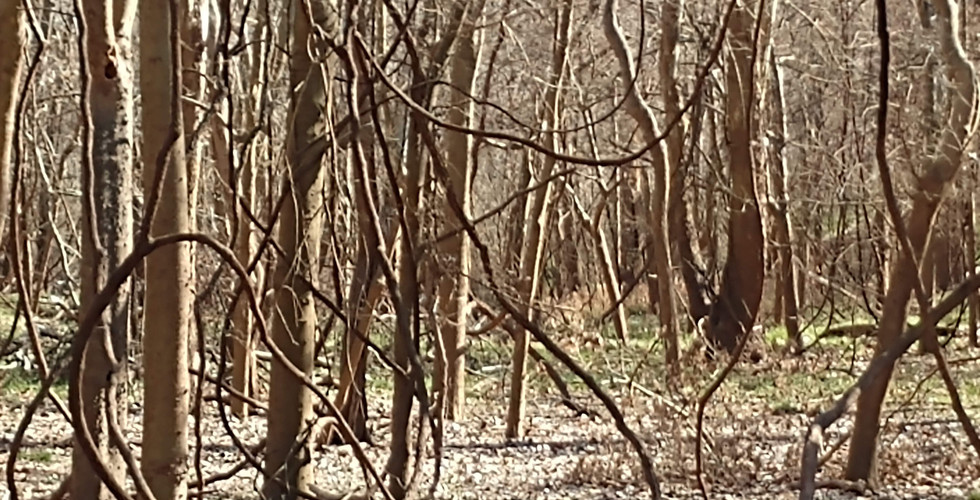
Growing up in Texas, I was immersed in the grand history of my home. Every Texas kid learns about the Alamo, San Jacinto, Sam Houston and Stephen F. Austin. We all know how Texas was an independent republic before it was a state, and how those early Texans fought and died for freedom from Mexico.
But I knew little about how Texas first came to be. How come so many people came from the U.S to settle in this state? Whose idea was it to come here, anyway?
I mean, there was no gold rush, like California, Alaska or North Carolina. And the first influx of newcomers was long before oil was discovered. And the great cattle drives made famous by the old western movies happened long after Texas had joined the U.S.
The beginning of what is now Texas was a little bit more routine than wars and cattle drives. It all came down to the land. In the early 19th century, Spain had this huge expanse of unsettled land and needed help protecting it from French and American interests.
Enter one Moses Austin. Austin was typical of entrepreneurs at the time. He had both succeeded and failed at multiple endeavors, including banking and lead mining. He had the grand idea of establishing a settlement in what was then Spanish Texas, somewhere on the coast. He convinced the Spanish king to contract with him to bring 300 families, on the condition that they would swear allegiance to Spain.
Here it is, folks, the side note! Moses actually tried lead mining twice. The first time was in Southwestern Virginia. He and his brother bought a lead mine and built an industrial community around it. The town was called Austinville and Moses gained the title "The lead king."
Like so many of Moses' endeavors, the mining business failed, and he was forced to flee in order to escape imprisonment for debt.
Unfortunately, Moses died of pneumonia before his dream could be realized. He convinced his son, Stephen F. Austin to continue his mission and San Felipe de Austin was born.
San Felipe was a rousing success. Young Austin handed out those first land grants, and the early settlers to this day are known as "The Old 300." He was able to secure contracts for another 1200 settlers, and the town became not only a prosperous center of trade and politics, but also the capital of colonial Texas.
But those fine times were finite. After winning independence from Spain, Mexico elected Antonio Lopez de Santa Anna and overturned the Mexican Constitution of 1824, effectively stripping Texas of any representation in government. This was one the the driving factors in the Texas fight for independence.
The battles that followed are part of the rich history of Texas, and would take way too much space to go into here. But one action during that conflict spelled the end of San Felipe de Austin's path to becoming a major metropolis.
After the fall of the Alamo, Sam Houston's army retreated through San Felipe, with the Mexican army in pursuit. Fearing that the Mexicans would the resources of the town against them, the garrison was ordered to evacuate and burn it down. Many residents fled with only what they could carry. San Felipe would later be rebuilt, but with the capital having moved first to Washington on the Brazos, then later to Austin, it would never regain prominence.
Today, San Felipe is a sleepy and historic suburb of the small town of Sealy. The Texas Historic Commission operates an historic site located with the confines of the original settlement, and it is home to the oldest post office in Texas. The historic site offers an immersive look at the days of San Felipe and a walk through outside gives one a great feeling for how the town was laid out.
Nearby is Stephen F. Austin State Park. The park is small, but offers plenty of hiking trails, one of which leads to an overlook on the Brazos river. And camping among the Spanish moss is very nice. If you stay here, be sure to listen for the pileated woodpeckers that are everywhere.
And adjacent to the main historic site is the original site, which includes a granite and bronze statue of SFA as well as early buildings from the area, including the town store and a dog trot cabin.
That's it for now. I'm well in to my grand tour of the southeast and already have a few stories to tell. As I write this, I'm in Coastal Georgia, near Savannah. Next week: Charleston. Until then..
Later, folks.





























Comments